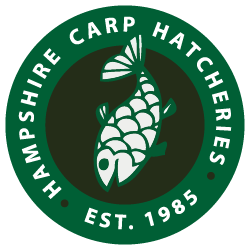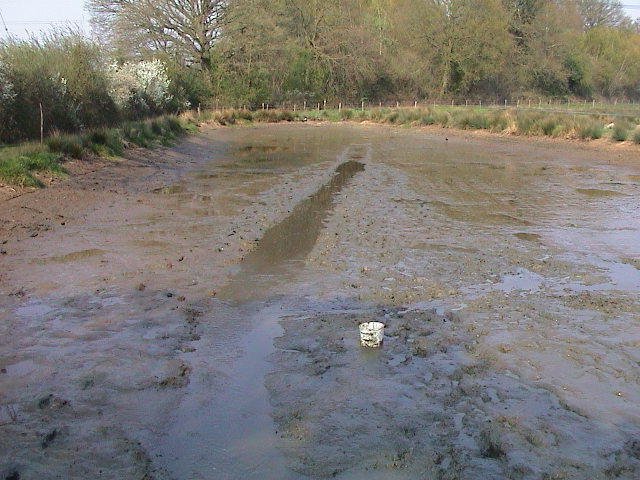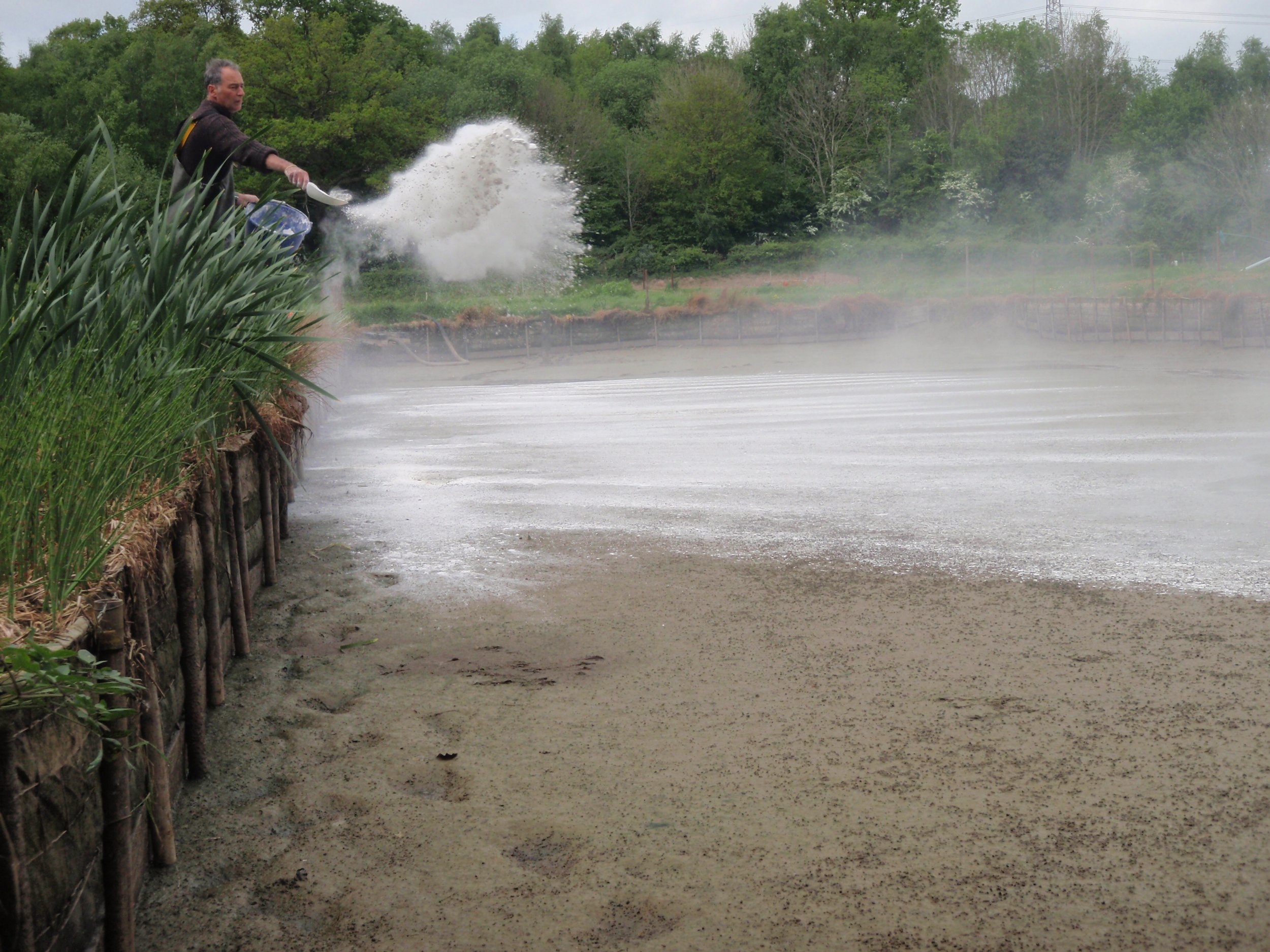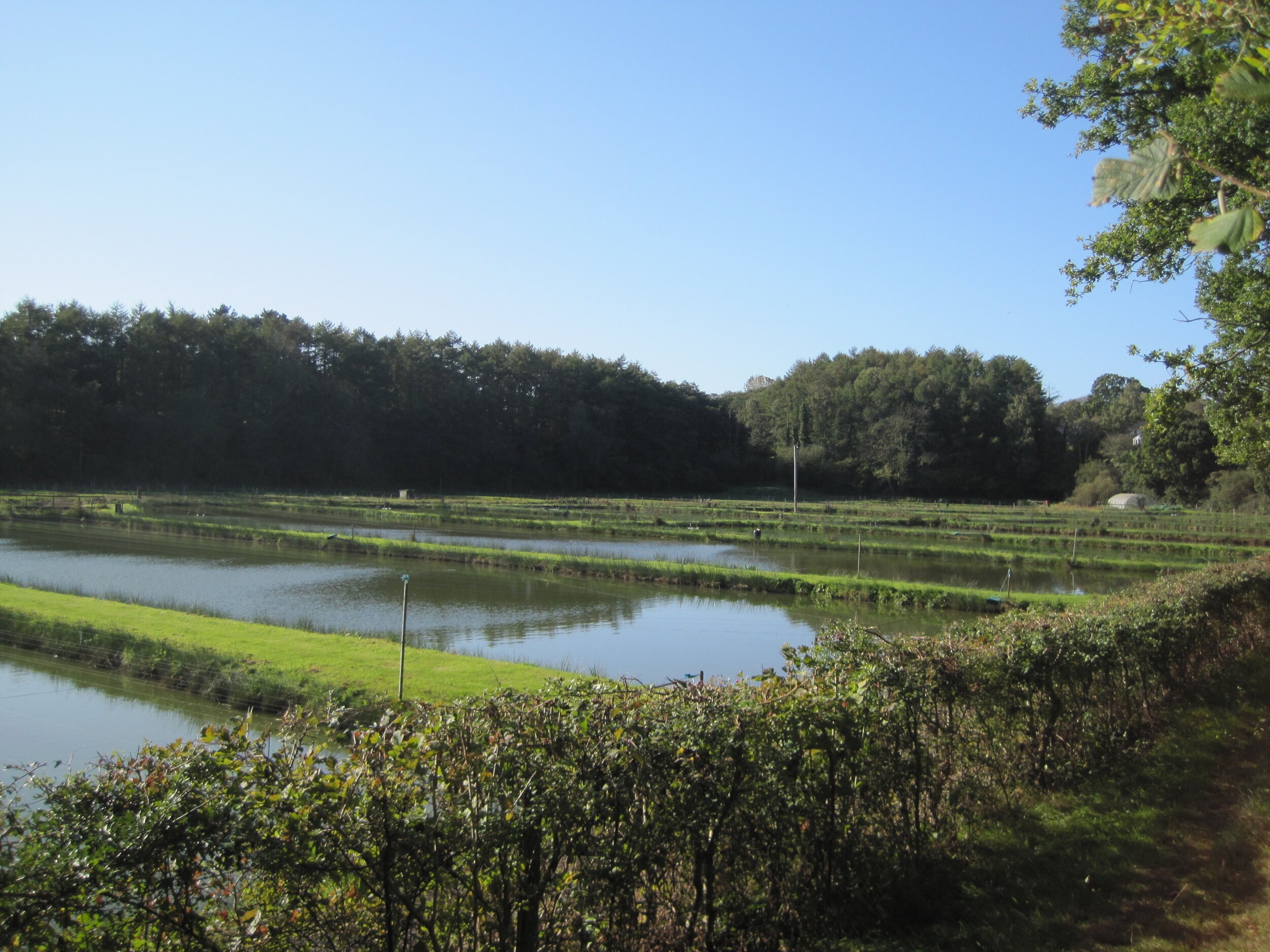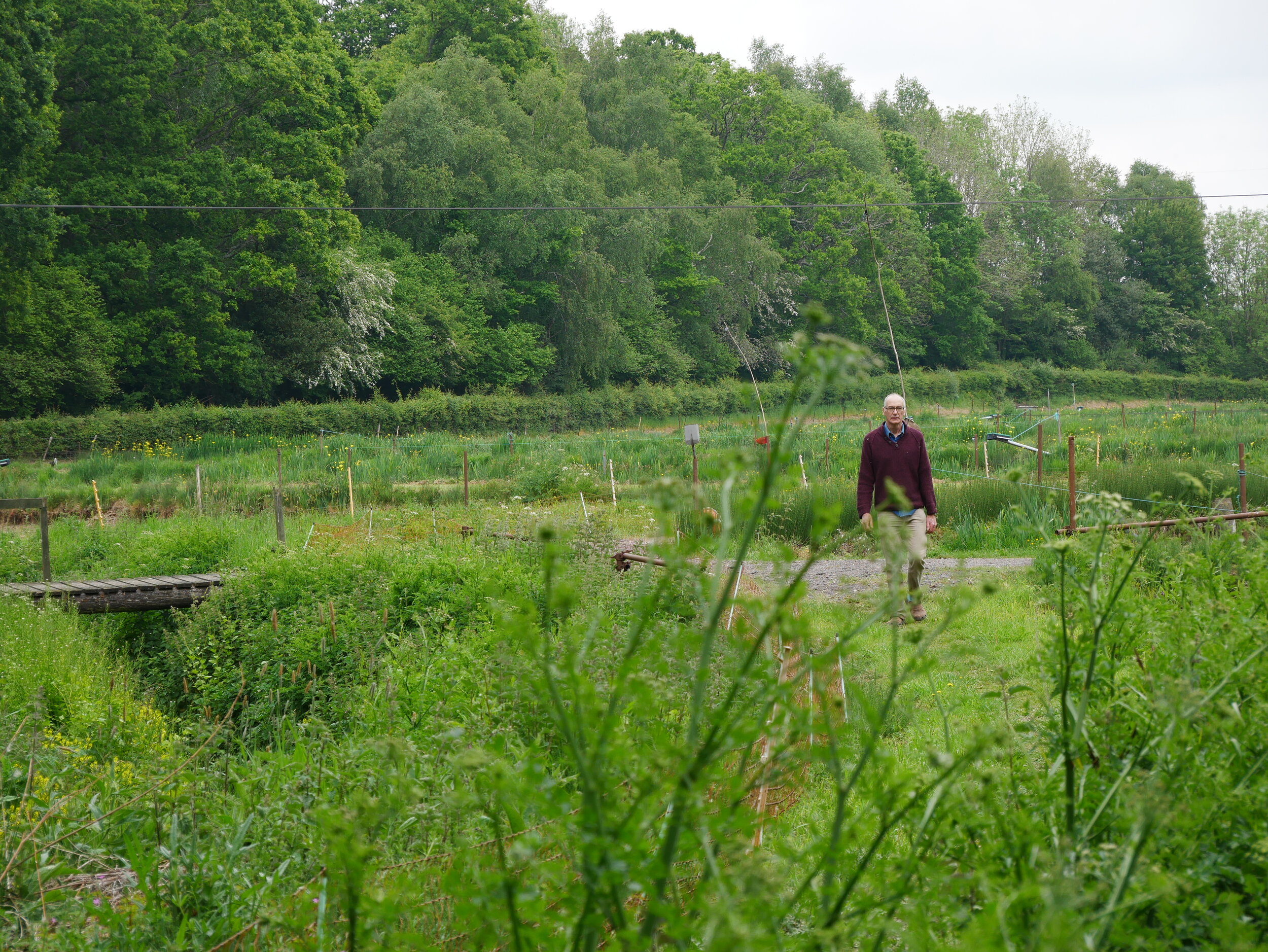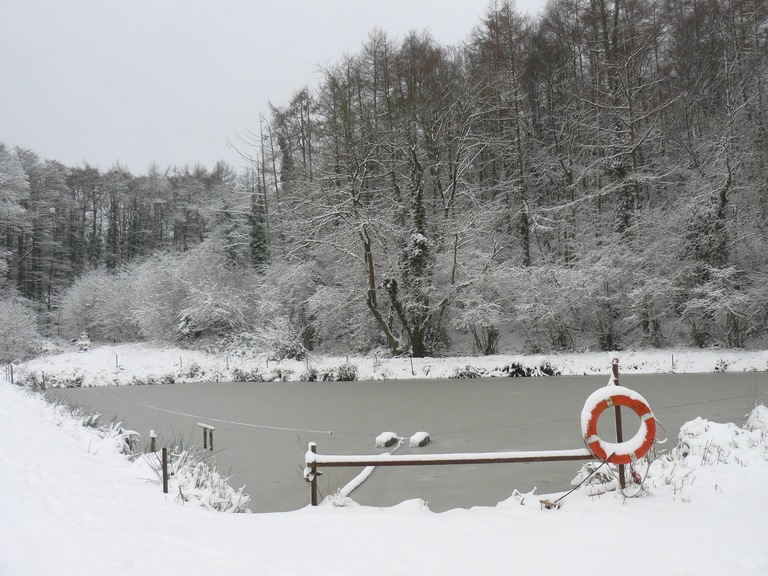Algae is at the centre of everything
We cultivate and grow fish in entirely closed natural pond systems. For the fish to grow and thrive they need to have excellent water quality and plenty of food. However, you cannot put food into a pond willynilly without it upsetting the delicate natural balance. To resolve this we actively manage the pond’s environment to generate very high levels of algae. The cultured algae in the ponds generate the oxygen for the fish to grow and support a healthy micro bacterial cycle that break down all metabolic waste in the pond itself.
As a very general rule of thumb, if you add 1 kg of food into a pond you need to have 1 kg of Oxygen available for the fish to metabolise the food and for the pond’s healthy bacteria to break down the waste generated. So algae is the most natural and efficient way to do this via photosynthesis. When a pond is actively managed to produce phytoplankton, it will produce a typical average value of 20grams of algae per m2 each day (10gr Winter - 40gr Summer)
Carbon Capture and Offset
20 grams of algae photosynthesing will fix 40grams of carbon per m2 each day. So our 40 ponds of 39,000m2 have the potential to capture 570 tonnes of carbon each year. Even allowing for some over Winter/Spring fallow ponds and lower than average bloom values the actual carbon capture of our algae rich ponds is huge.
Moreover, if we stopped rearing our fish, the majority would be replaced by imported fish mainly from the States, Israel and the far East. (90% of cold water ornamental fish are currently imported by airfreight to the UK)
The current carbon cost of air freighting 300,000 (a conservative 60% of our production) 20 gram fish with water and packaging would be a further 110 tonnes of carbon.
A Biodiverse Wildlife Haven
Our farming practices have created a wildlife haven: the managed ponds and bank sides have an extraordinarily diverse range of flora and fauna including many of our most protected and endangered species. Is there another parcel of land in Hampshire that has our biodiversity?
Every evening in the summer hundreds of bats emerge from the woods to fly over the site feeding on the dense populations of aquatic midges that flourish in our local habitat.
Each year we witness the magical hatching of tens of thousands of dragonfly and damsel flies as they crawl out of our ponds up the bank side vegetation and take flight. (Natural England's Site Improvement Plan SIP193 for the River Itchen catchment features the Southern Damselfly in 11 of its 15 priority issues.)
As the tadpoles metamorphose in late spring, our banks literally move with an army of thousands of tiny crawling frogs and toads. Newts thrive in our shallow warm ponds as well as an incredible and diverse range of aquatic vertebrates and invertebrates.
The population of water voles thrives with all this bank side habitat. Conservation groups have used our site to humanely move small numbers of breeding adults and set up new populations as far away as Scotland to protect this emblematic species from extinction.
